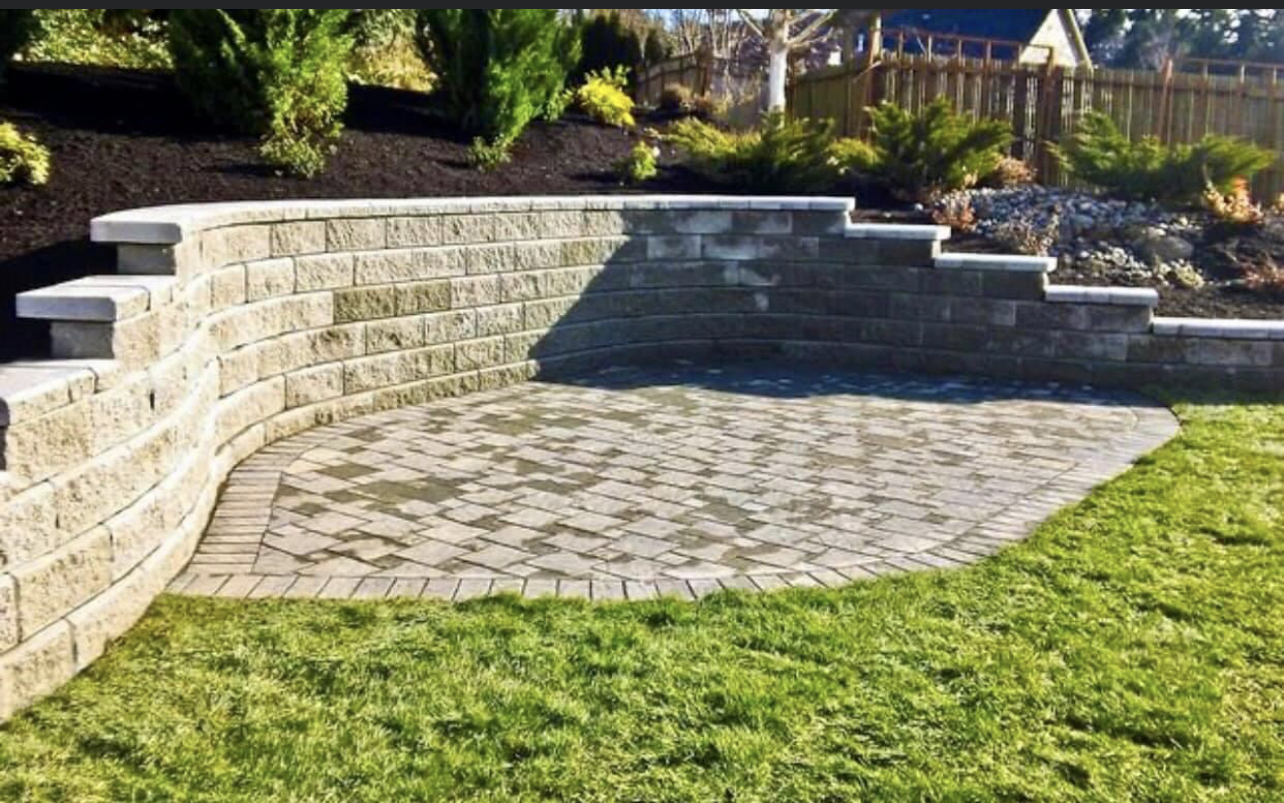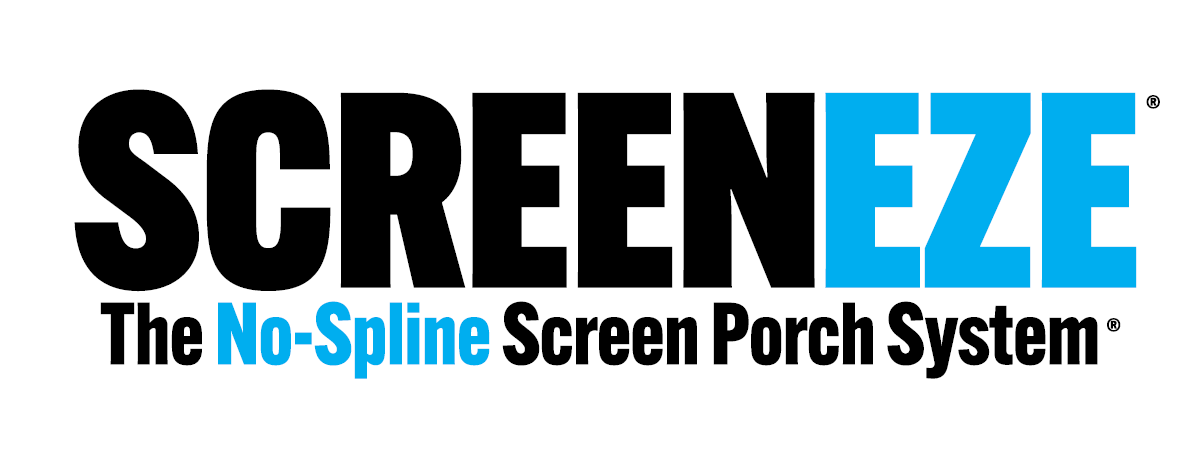
There’s a big shift happening on job sites and it’s not just underground. Retaining wall contractors are no longer just the folks keeping soil from sliding downhill. They’re being pulled into the spotlight for something bigger: design.
From residential backyards to commercial builds, clients are asking for more than function, they want walls that look good, too. Think built-in lighting, texture, curves, even seating.
What used to be a behind-the-scenes job is now a front-and-center feature of modern landscaping and structural planning. It’s a vertical revolution, and contractors who can blend strength with style are in high demand. So why the sudden change? And what does this mean for the industry moving forward?
Why are retaining wall contractors increasingly involved in design work?
Retaining wall contractors are increasingly stepping into design roles as modern landscapes demand more than just structural integrity. Today’s homeowners and developers want outdoor features that combine strength with style, and retaining walls are now expected to enhance both functionality and aesthetics.
Contractors are being brought in earlier in the process, not just to build, but also to collaborate on design decisions.
Here’s why retaining wall contractors are now heavily involved in design work:
- Blending Form with Function: Clients want walls that do more than hold back soil—they want features that enhance the look and flow of the landscape.
- Material Versatility: Contractors help select from a wide range of materials, including natural stone, decorative concrete, brick, and timber, to match the project’s design vision.
- Site-Specific Customization: Contractors understand how to shape walls that follow natural contours, create tiered gardens, or integrate with patios, stairs, or driveways.
- Early Planning Value: Involving contractors from the start helps avoid design missteps and ensures structural integrity is built into the creative vision.
- Demand for Multi-Purpose Builds: Today’s retaining walls often incorporate built-in seating, lighting, or drainage features—requiring a combination of design and engineering expertise.
As outdoor design becomes more sophisticated, retaining wall contractors are stepping up as creative partners in transforming space.
How does the vertical revolution change the role of retaining wall contractors?
The “vertical revolution” in landscape design is redefining the role of retaining wall contractors. What was once a purely functional job, stabilizing soil and managing elevation is now a highly creative and collaborative role. Contractors are no longer just problem-solvers; they’re also design influencers shaping the visual and practical experience of outdoor spaces.
Here’s how the vertical revolution is changing the contractor’s role:
- From Installer to Designer: Contractors are now expected to contribute ideas on layout, texture, height variation, and overall aesthetic, rather than just building according to plan.
- Greater Collaboration with Architects and Designers: They work closely with landscape designers, architects, and homeowners to ensure the wall complements the broader vision.
- Increased Use of Decorative Materials: There’s a growing demand for finishes such as textured stone, colored concrete, and mixed materials that require both skill and a discerning design eye.
- Multi-Functionality Is the New Norm: Walls now double as seating, planters, lighting features, or dividers, requiring innovative thinking and versatile craftsmanship.
- Higher Expectations for Curb Appeal: A retaining wall must now blend strength with style, becoming a focal point rather than an afterthought.
Vertical revolution, retaining wall contractors have become key players in outdoor artistry, not just structural stability.
What design considerations do retaining wall contractors focus on today?
Modern retaining wall contractors are balancing engineering precision with aesthetic sensibility more than ever before. As the role of retaining walls evolves from purely functional to visually prominent, contractors must now approach each project with a designer’s mindset.
This means taking into account not only the structural integrity but also how the wall fits into the overall narrative of the landscape.
Key design considerations contractors focus on today include:
- Material Selection: Choosing between concrete block, natural stone, timber, or brick based on the property’s style, durability needs, and budget.
- Color and Texture Coordination: Matching the wall’s look with existing hardscape, siding, or outdoor features to achieve a cohesive design flow.
- Height and Tiering Strategy: Designing tiered walls or multi-level builds to create dimension, improve drainage, and maximize usable space.
- Integration with Landscape Features: Incorporating lighting, seating, steps, planters, or water features directly into the wall design.
- Drainage and Erosion Control: Ensuring proper grading and water flow behind the wall to prevent failure while maintaining clean, subtle finishes.
- Permits and Zoning Requirements: Designing within local regulations to ensure safety while still achieving the visual goals of the project.
Today’s contractors are equal parts builder and visionary—crafting walls that are engineered to last and designed to impress.
How do retaining wall contractors contribute beyond structural support?
Retaining wall contractors contribute far beyond simply providing structural support, they play a pivotal role in transforming outdoor spaces into functional, beautiful, and cohesive environments. Their expertise now extends into the realms of design, usability, and even lifestyle enhancement.
Here’s how they contribute beyond structural integrity:
- Aesthetic Impact: Contractors play a crucial role in shaping the visual appeal of a yard by selecting materials, patterns, and finishes that complement the surrounding landscape and architecture.
- Creative Space Planning: By designing multi-level terraces, integrated seating, or decorative features, they help maximize usable space on sloped or uneven terrain.
- Personalized Solutions: They customize each build to fit the homeowner’s needs—whether it’s for gardening, entertaining, privacy, or visual interest.
- Drainage and Erosion Management: With technical expertise, they prevent future issues by implementing effective yet visually discreet drainage systems.
- Value-Added Features: Today’s walls often include lighting, built-in planters, or steps—features that elevate both function and lifestyle.
Modern retaining wall contractors are designers, engineers, and problem-solvers rolled into one. Their work enhances not just the land’s stability but the way people experience and enjoy their outdoor spaces.
Reimagine Outdoor Living with Design-Driven Retaining Walls
At Bull Mountain Outdoor Living & Construction, we’re not just building barriers; we’re creating bold, vertical design statements that enhance your landscape from every angle. As the vertical revolution reshapes outdoor spaces, our team steps in with both structural expertise and creative vision to deliver retaining walls that support, beautify, and transform.
Whether you’re looking for tiered garden walls, integrated seating, or eye-catching materials, we design with purpose and precision. Let us show you how retaining walls can do more than hold back soil, they can elevate your entire outdoor experience. Reach out today for a personalized design consultation.








